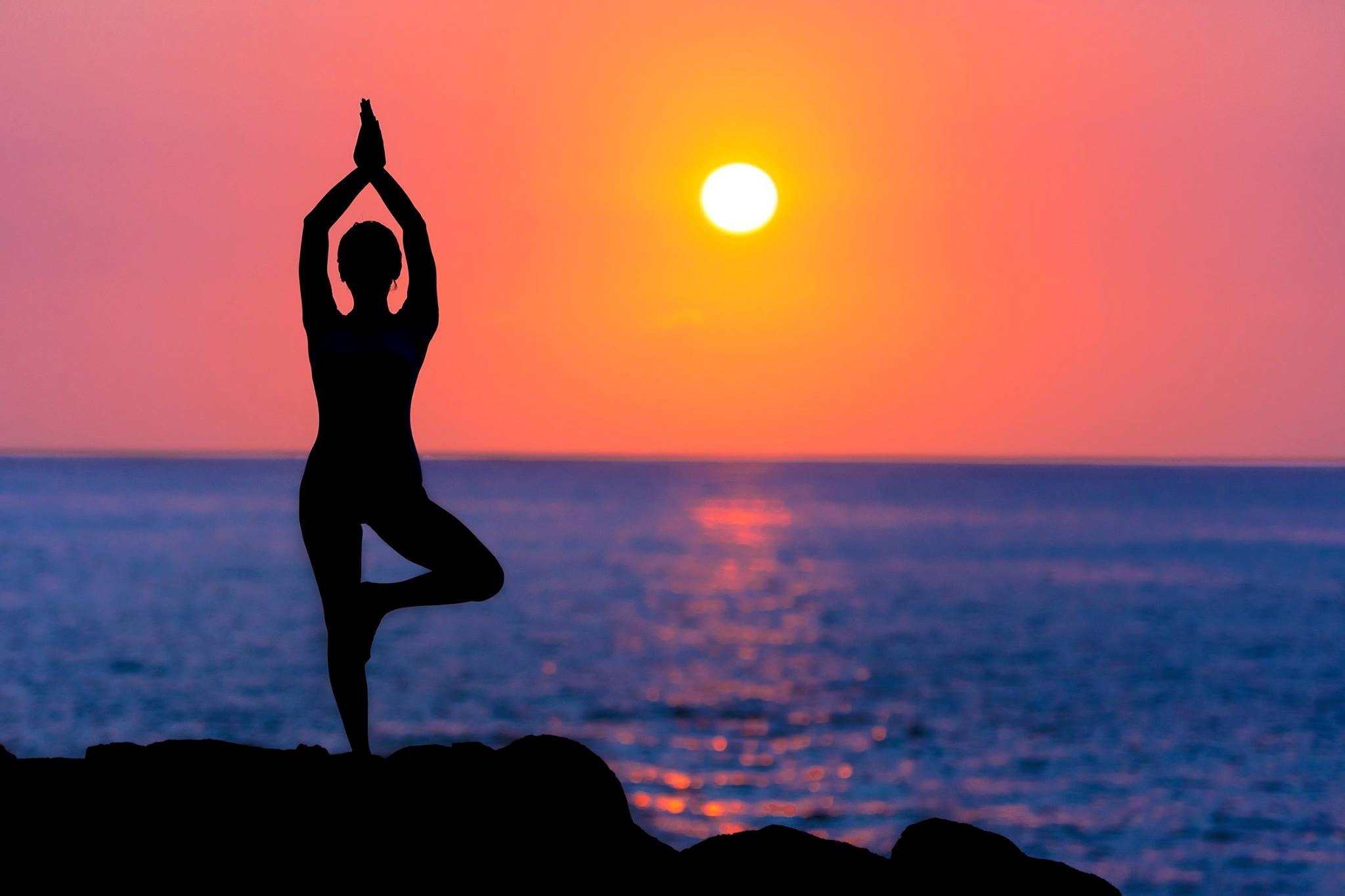Shop At Haya: Your Ultimate Shopping Guide
Discover the best shopping tips, trends, and deals for a smarter buying experience.
Stretching the Limits of Relaxation
Discover innovative relaxation techniques that push boundaries and transform your self-care routine. Dive into ultimate bliss today!
Exploring Different Types of Stretching Techniques for Ultimate Relaxation
When it comes to achieving ultimate relaxation, stretching techniques play a crucial role. One of the primary types of stretching is static stretching, which involves holding a stretch for a prolonged period, generally between 15 to 60 seconds. This technique is particularly effective for improving flexibility and soothing tight muscles. Another popular method is dynamic stretching, characterized by controlled movements that increase range of motion. Unlike static stretching, dynamic stretching prepares the body for physical activity while promoting relaxation by enhancing blood flow.
Additionally, proprioceptive neuromuscular facilitation (PNF) stretching combines stretching and contracting of the muscle group being targeted. This technique is often performed with a partner and is known for its effectiveness in increasing flexibility and providing a profound sense of relaxation. Lastly, myofascial release is a therapeutic technique that focuses on relieving tension in the fascia, the connective tissue surrounding muscles. Targeting specific trigger points can lead to significant relaxation and help alleviate muscle pain, making it a valuable component in various stretching routines.

The Science Behind Stretching: How It Enhances Relaxation and Reduces Stress
The practice of stretching is often associated with physical fitness, but it also plays a crucial role in mental well-being. When we engage in stretching activities, our bodies release endorphins, which are natural mood lifters. Furthermore, stretching can help to lower levels of cortisol, the stress hormone, creating a significant impact on our overall relaxation process. By dedicating a few minutes daily to stretching, we can promote a feeling of calm and tranquility, ultimately contributing to lower anxiety levels. Incorporating deep breathing techniques while stretching can enhance these benefits even further, allowing for a more profound stress relief experience.
The science behind stretching reveals that it encourages blood flow to our muscles and joints, which not only enhances flexibility but also improves our body’s ability to respond to stressors. A well-structured stretching routine can be especially effective when combined with mindfulness practices such as meditation or yoga. Research indicates that this combination can change how our body responds to stress and promote a sense of overall well-being. As we stretch and refocus our minds, we foster an environment where relaxation can thrive, indicating that taking time to stretch is not merely a physical activity but a vital practice for mental health and stress reduction.
Can Stretching Really Improve Your Mental Well-being?
Stretching is often associated with physical benefits, such as increased flexibility and reduced muscle tension. However, many studies suggest that it can also play a significant role in enhancing mental well-being. Engaging in regular stretching routines can promote relaxation and reduce stress levels. By focusing on your breath and the sensations in your body during stretching, you can cultivate mindfulness, which has been shown to have a positive impact on mental health.
Incorporating stretching into your daily routine can provide various psychological benefits. For instance:
- It can help alleviate symptoms of anxiety by reducing muscle tension.
- Stretching promotes the release of endorphins, which are known as the body's natural mood lifters.
- Regular stretching enhances body awareness, allowing for greater connection between the mind and body.